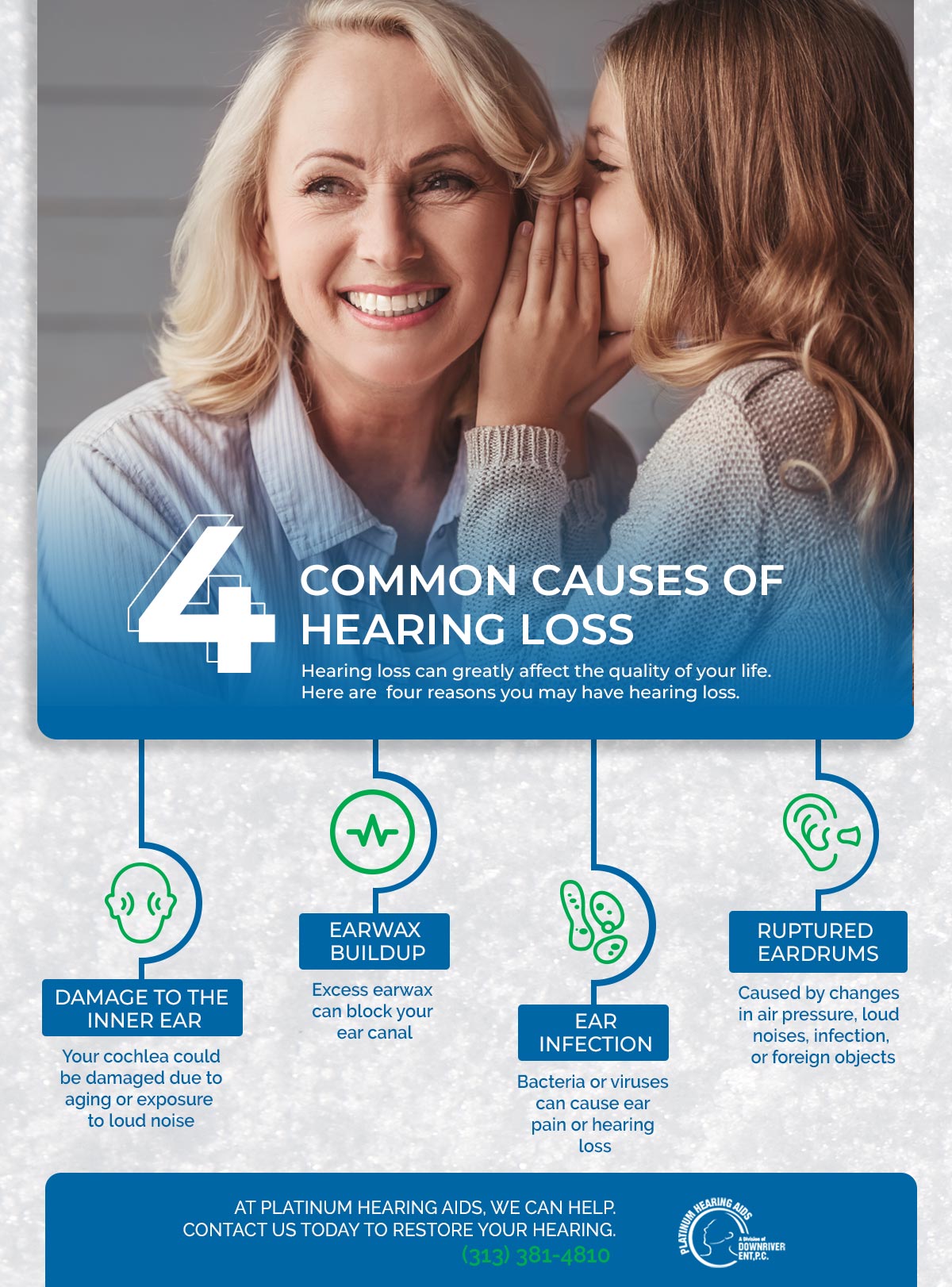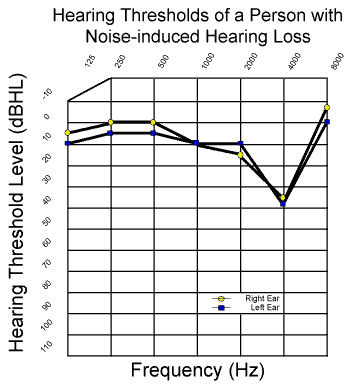


Health outcomes of noise exposure were first recognised in occupational settings, such as weaving mills, where high levels of noise were associated with noise-induced hearing loss including deafness. If exposure to noise is chronic and exceeds certain specific levels, then negative health outcomes starts appearing. Although people tend to adapt to noise exposure, degree of adaption varies for individuals and is rarely perfect. Noise is disharmonic, unwanted sound and its effects, both auditory and nonauditory, have been largely ignored in most of the developing countries, including India. This review article focuses on the current research and future trends on auditory effects and consequences of noise pollution in humans, stressing the importance of adequate noise prevention and mitigation strategies as a public health measures.Įvolution has programmed human beings to be apprised of sounds as potential sources of danger. This could help in developing preventive and treatment strategies. Research in the field of genetics is also advancing at a rapid speed, and several genes linked to NIHL have been discovered.

Our understanding of molecular mechanisms implicated in noise-induced hair-cell and nerve damage has significantly increased. Several advances have taken place in past few years for understanding the molecular basis of NIHL. Incidence of noise-induced hearing loss (NIHL) has been observed to increase substantially in the recent years. Noise-induced hearing loss remains highly prevalent in occupational settings and is now increasingly caused by exposure to social and environmental noise. Noise is widespread in everyday life and can cause both auditory and non-auditory health impacts.


 0 kommentar(er)
0 kommentar(er)
